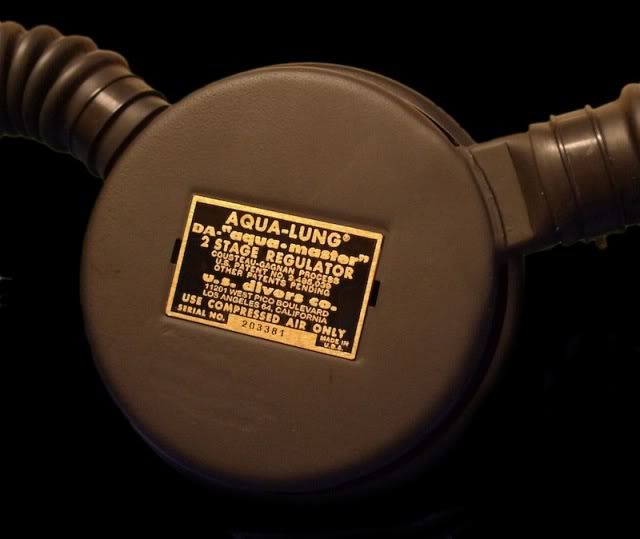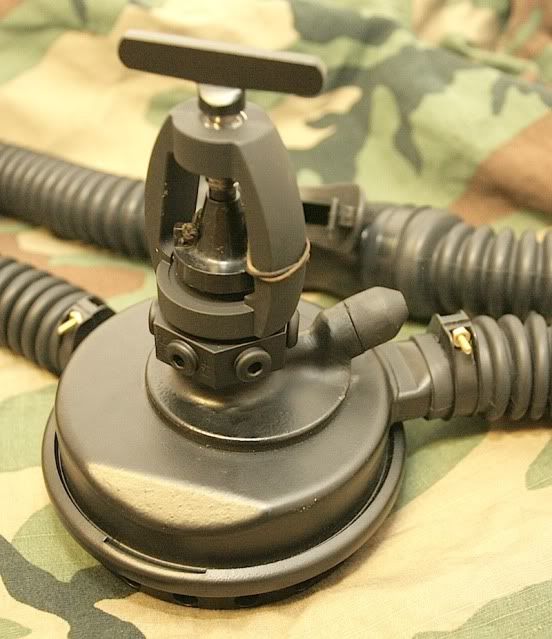Herman did a very good job of explaining all the differences and advantages so I don't have much to add except that if I were going to be exclusively diving a double hose regulator, I would probably be diving a DA Aquamaster with a Phoenix nozzle. I love the simplicity of the Mistral too but in my opinion it's not an ideal travel regulator for several reasons.
I only recently started rebuilding and diving double hose regulators. I now own 4 of them and have rebuilt several for other people; It's an addiction once you get started.
I started out with a Mistral because they are by far the easiest regulators to rebuild and service. They really are bullet proof but they do have some downsides. Because there are no LP ports you can't attach an octopus or a LP inflator. A lot of dive shops are not going to like this even if you are comfortable with it.
Additionally, a banjo fitting is not going to work on every single tank valve. Also, your Mistral will require a long yoke adapter in order to accommodate a banjo fitting. You need to make sure if you buy a Mistral it already comes with one or you will have to buy one and attach it.
You can, and probably will run into situations where the type of yoke valve you're using is going to be too large to accommodate the Mistral's long yoke adapter and the banjo fitting. The banjo fitting is not going to work on every tank valve; One example being DIN/Yoke convertible valves being that are starting to become more and more common so unless you're traveling with your own tanks, this is always going to be a concern.
While I love diving with my Mistral, it is not always practical for me to dive it since most of dives around here are in a drysuit until the water warms up.
Finally, the Mistral is unbalanced, upstream design. It was designed in an era where HP tanks were not very common. While you can use certainly use a Mistral with an AL80, it will breath very poorly until the tank has approximately 1500psi in it. The Mistral breathes better as the tank pressure is lower. Because of the unbalanced design it does not favor high pressure tanks. Using a Mistral with HP tanks (especially over 3000psi) can and will damage the HP seat and it will breath like crap. It is not recommended. The highest most people will comfortably use a Mistral with is 3000psi, even still some people don't recommend that. The Mistral works better with low pressure tanks.
The next best choice would a DA Aquamaster, which is still an unbalanced design and does not like higher tank pressures. In this regulator because of it's unbalanced design, the IP will slowly increase as the tank pressure drops. The advantage of using a DA Aquamaster is that you can convert the hooka port to a LP port so that you can attach a LP inflator for your BCD or drysuit and run an octopus off it for easier buddy breathing. Some dive charters require an octopus.
Also, you are going to have the same issues with a banjo fitting on the DA Aquamaster since the banjo will not work with every rental tank.
Finally, the best of all worlds is going to be a Phoenix (That is, a converted Royal Aquamaster or DA Aquamaster) with a Phoenix nozzle. Since the Phoenix is a fully balanced design, you can happily use it on high pressure tanks. The Yoke is designed to physically handle higher pressures. Unlike the Mistral and DA Aquamaster, it doesn't matter what pressure you use a Phoenix with, it will breath the same on all tank pressures.
Since the Phoenix nozzle has HP and LP ports, you can use it with an octopus, and attach LP inflators for your BCD and/or drysuit. Lastly, since the Phoenix has integrated HP ports, you can use it with a pressure gauge/SPG and not have to worry about using the banjo adapter.





